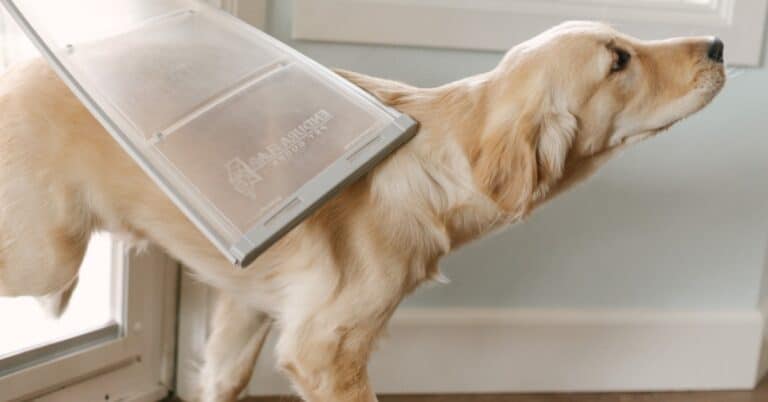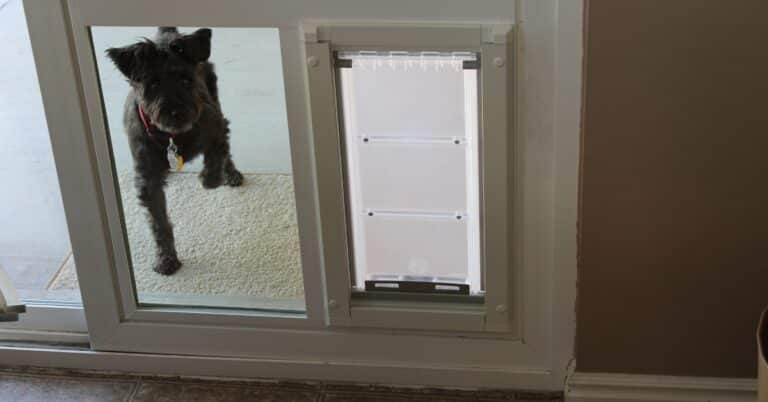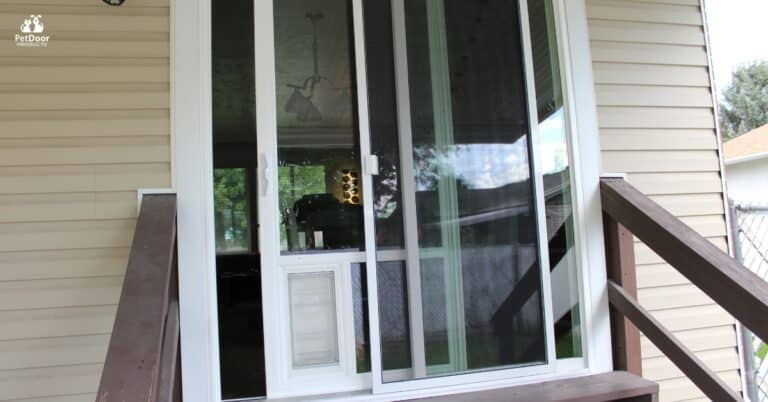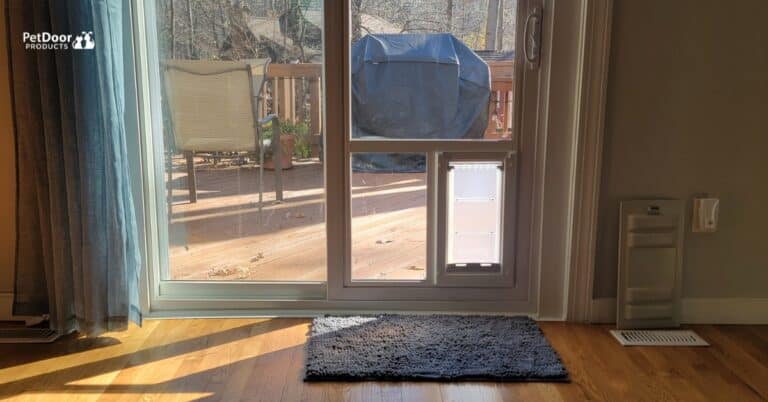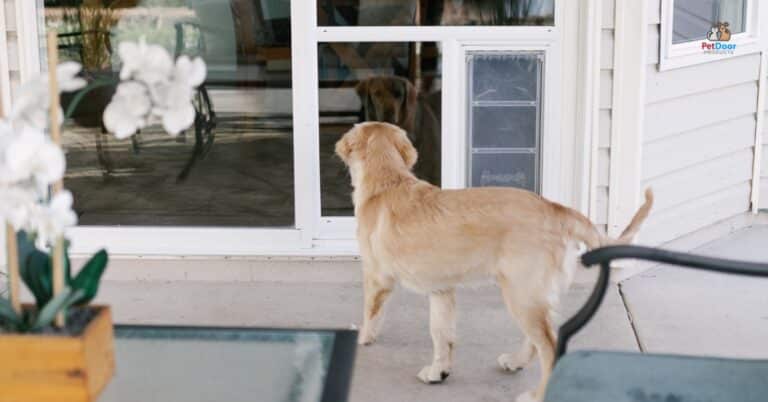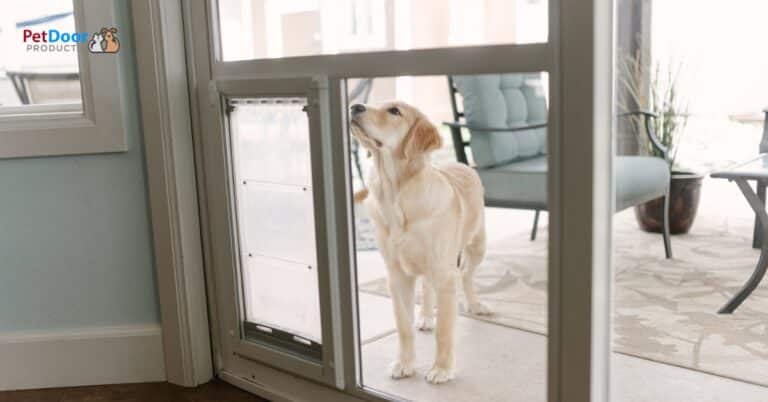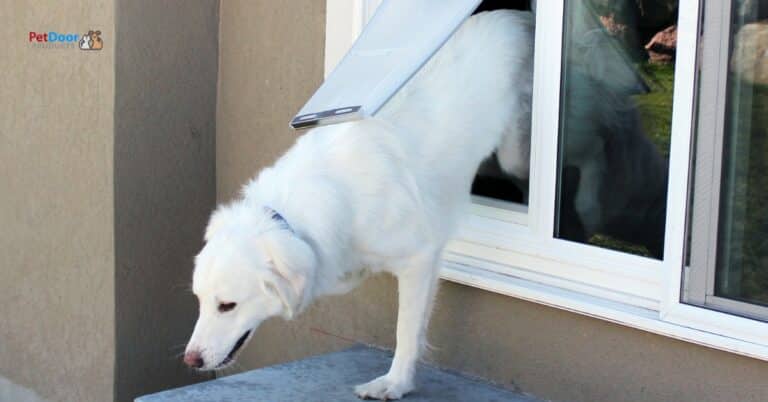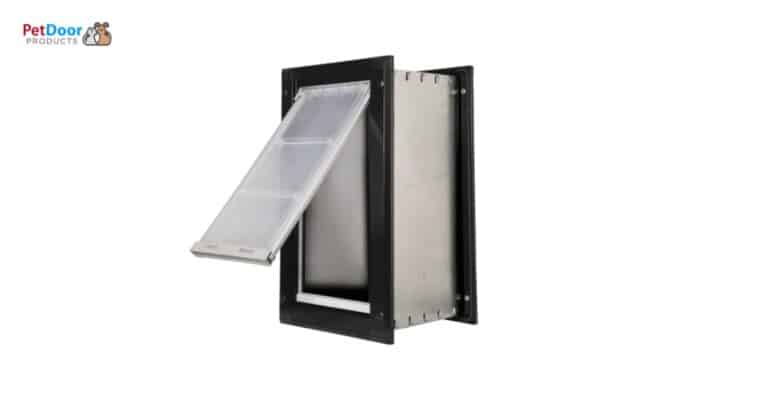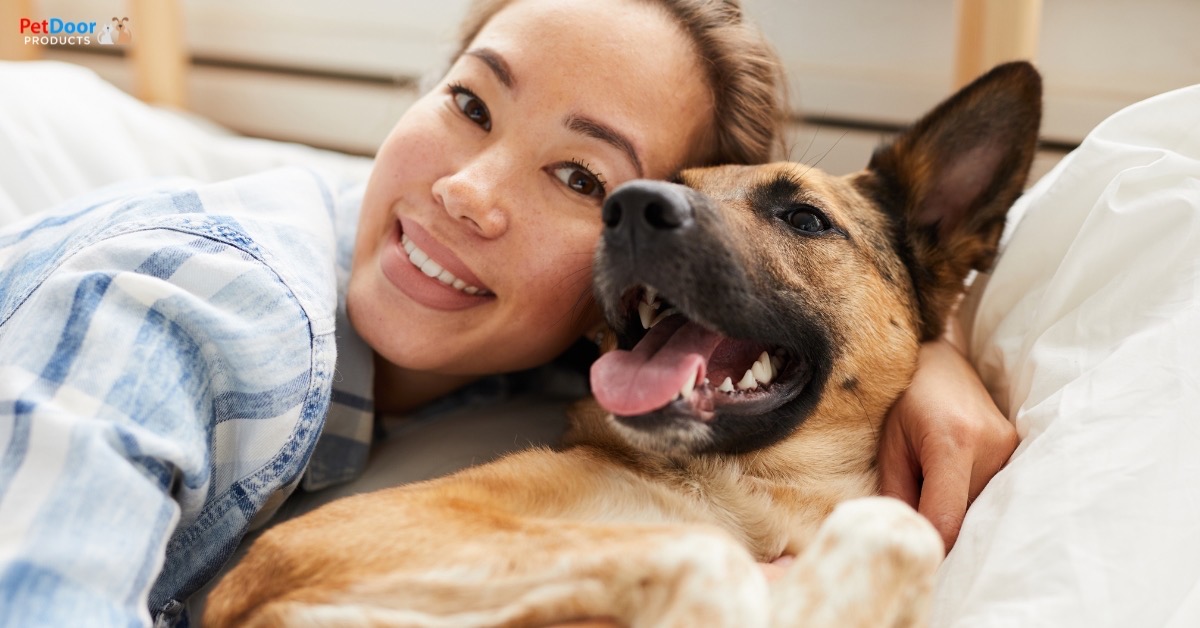
How to Help Your Dog Overcome Separation Anxiety

Have you been shocked and saddened to come home after being gone briefly to find your dog with a look of panic, trembling, and drenched from drooling? If so, your pet may be suffering from separation anxiety. Or, have you found urine on the floor and household items destroyed? These may not be evidence of a bad dog, but symptoms of overwhelming stress triggered by being left alone. Fortunately, there are ways to help your dog live more safely and free from intense fear while you’re away from home.
What Is Dog Separation Anxiety?
Separation anxiety is a stress response in a dog when the person or people with whom the animal is bonded leave the pet alone. The condition is very similar to human panic attacks. The ASPCA and other organizations specializing in the management of domestic animals explain that when a dog is left without the person or people who make him feel safe and secure, his/her system becomes flooded with stress hormones. He/she may experience milder forms of separation anxiety, with symptoms like whining. Or, the dog may be in severe distress, and cause self-injury by trying to escape to search for his/her person or family.
Why Do Some Dogs Have Separation Anxiety?
Some dogs with separation anxiety develop it from exposure to a sudden upsetting change in their home environment or a more brief but traumatic event. Some examples of causes include:
- Disruptions in the sense of security, maybe due to someone moving out of the house.
- Changes in the dog’s way of life due to being rehomed or relocated from a calm to a chaotic environment.
- Loss of reliable routine due to the guardian being absent much more than usual.
Your dog may not have experienced any occurrences in the past that caused separation anxiety. The condition may have a genetic origin.
Signs and Symptoms of Separation Anxiety in Dogs
A dog suffering from separation anxiety is likely to learn his/her person’s pre-departure cues, like putting on a tie, reaching for a wallet or purse, etc. The dog may begin to show stress even before the person leaves the house. Then, when alone, an extremely stressed dog might have these symptoms of anxiety:
- Drooling
- Barking or howling
- Pacing
- Destruction
- Accidents of urinating, diarrhea.
- Loss of appetite
- Escape attempts
How to Treat Dog with Separation Anxiety
Behaviors that may appear to be symptoms of separation anxiety might be due to some other cause. Helping dogs with separation anxiety requires an accurate diagnosis. To help your dog live without suffering overwhelming stress, start by having your veterinarian examine your pet. Your vet can identify any illnesses or other conditions responsible for the severe stress episodes and accurately diagnose separation anxiety.
How to Help a Dog With Separation Anxiety
Helping your dog feel more independent and secure while you are not at home requires patience. Overcoming separation anxiety is a process. It takes time. If needed, ask your vet to refer you to a behavioral specialist:
| Stimulating exercise | Increase the amount, intensity, and complexity of exercise for your dog before you leave your house. In some cases of dogs with milder separation anxiety (separation intolerance), vigorous mental and physical exercise before being left alone can be very helpful. It can leave the dog calmer and ready for a nap. |
| Desensitizationto cues (triggers) | Behavioral modification training can develop a dog’s confidence to stay calm while his or her person is away. Desensitizing a dog to pre-departure cues, cues like picking up your car keys, are used to teach the dog that such cues mean you’re leaving but returning quickly. |
| Don’t leaveyour dog alonewhile training | If you cannot be at home during the anxiety training, ask someone to stay with your pet while you’re out. The training will condition him to trust that he won’t be left alone for very long until he’s more confident. |
| Treats and toys | Dogs with less intense separation anxiety may be comforted by having a chew toy or a toy packed with treats to occupy him/her while you’re gone for the day. But, this is not likely to work for a dog with severe separation anxiety and it may become a trigger instead. |
| Veterinary anxiety medication | Veterinary drugs can be the best calming aid for dogs with separation anxiety. There are two most commonly used medications. One is for long-term use and the other is for single use to mitigate stress response to a particular event that can be expected to trigger severe stress in the dog. |
What it Takes to Help a Dog Overcome Separation Anxiety
Working with your pet dog to help him/her overcome severe separation anxiety is a challenging process, but many people who apply the needed time and commitment succeed. The best advice is to take guidance from your veterinarian on the best approach(es) to try with your dog. Further, be consistent, treat your dog with patience regardless of frustrations, and stick with the effort.
The Joy of Being Outdoors – Pet Door Products for Dogs
Giving your dog a safe and pleasant outdoor alternative to being confined inside is always a benefit for dogs, whether you are at home or away. It’s a healthier way of life for pet animals to be outdoors frequently. Pet Door Products provides among the world’s best energy-efficient pet doors. We produce the revolutionary sliding glass dog door. We also offer a unique window-mount pet door (ideal for cats), and we make standard wall- and door-mount pet doors.
Call Pet Door Products at (801) 973-8000, or contact us here online for information about high-quality pet doors or for help placing your order for a top-quality pet door!
- The Best Dog Door Sliding Door Option in the United States that Solves Your Pet’s Outdoor Access Dilemma - September 15, 2023
- Revamp Your Home this Summer: Incorporate a Dog Door into Your Sliding Glass Door - September 4, 2023
- July Special: Avoid the Middleman Markup with Custom Built Glass Door Doggie Doors - July 24, 2023

